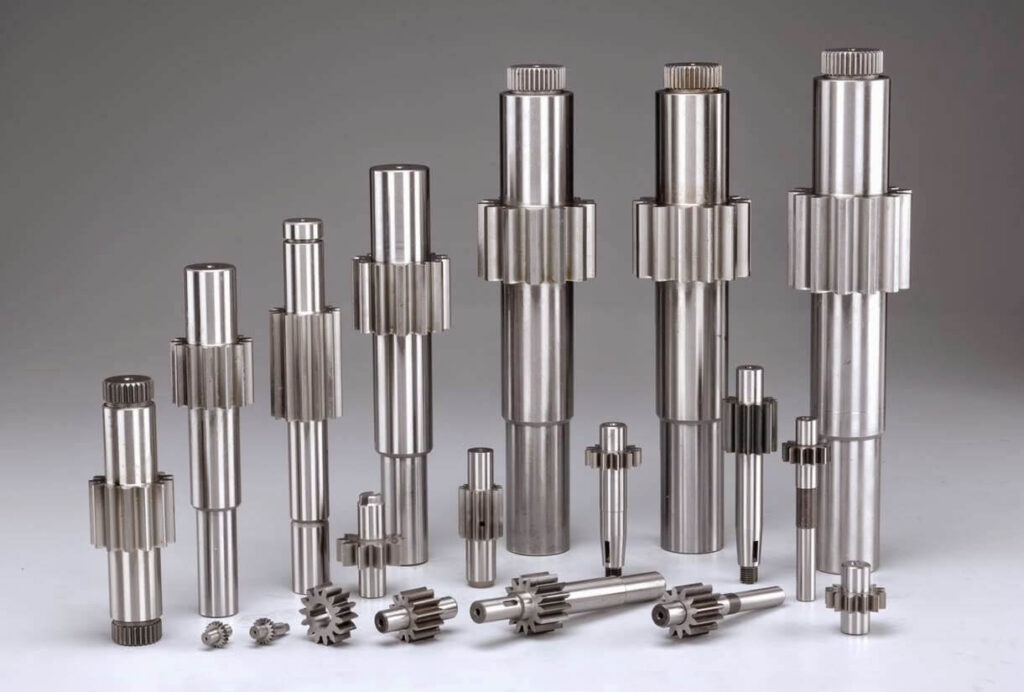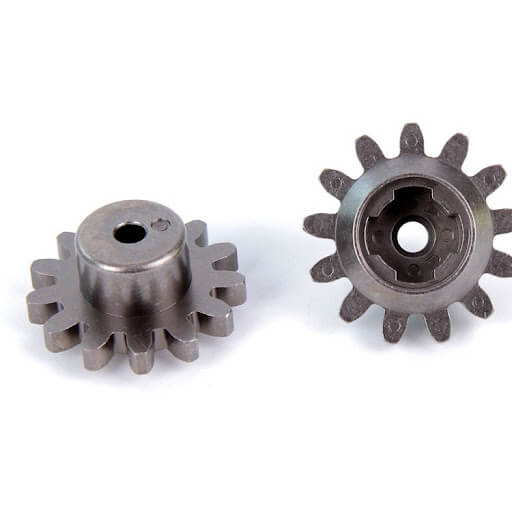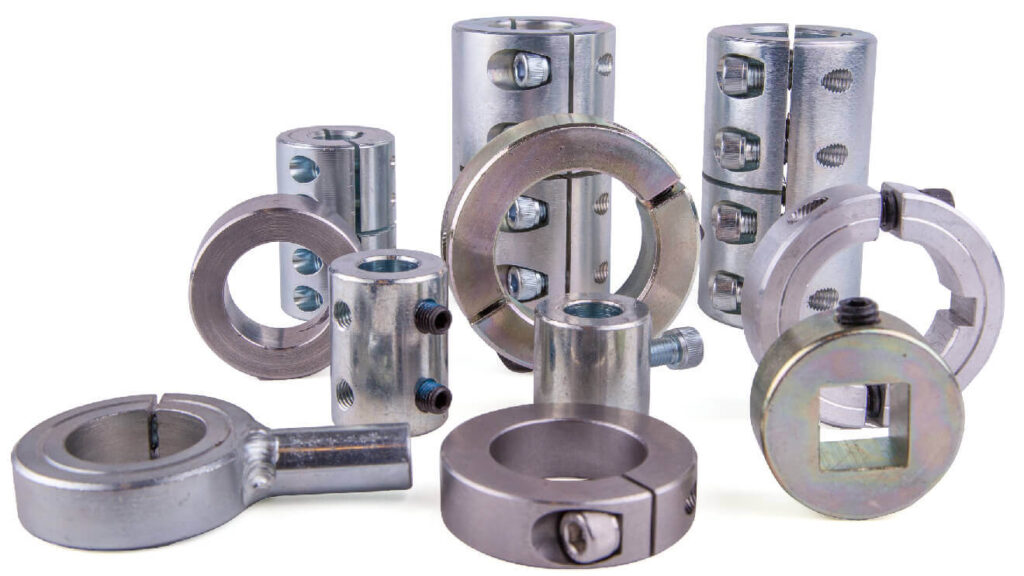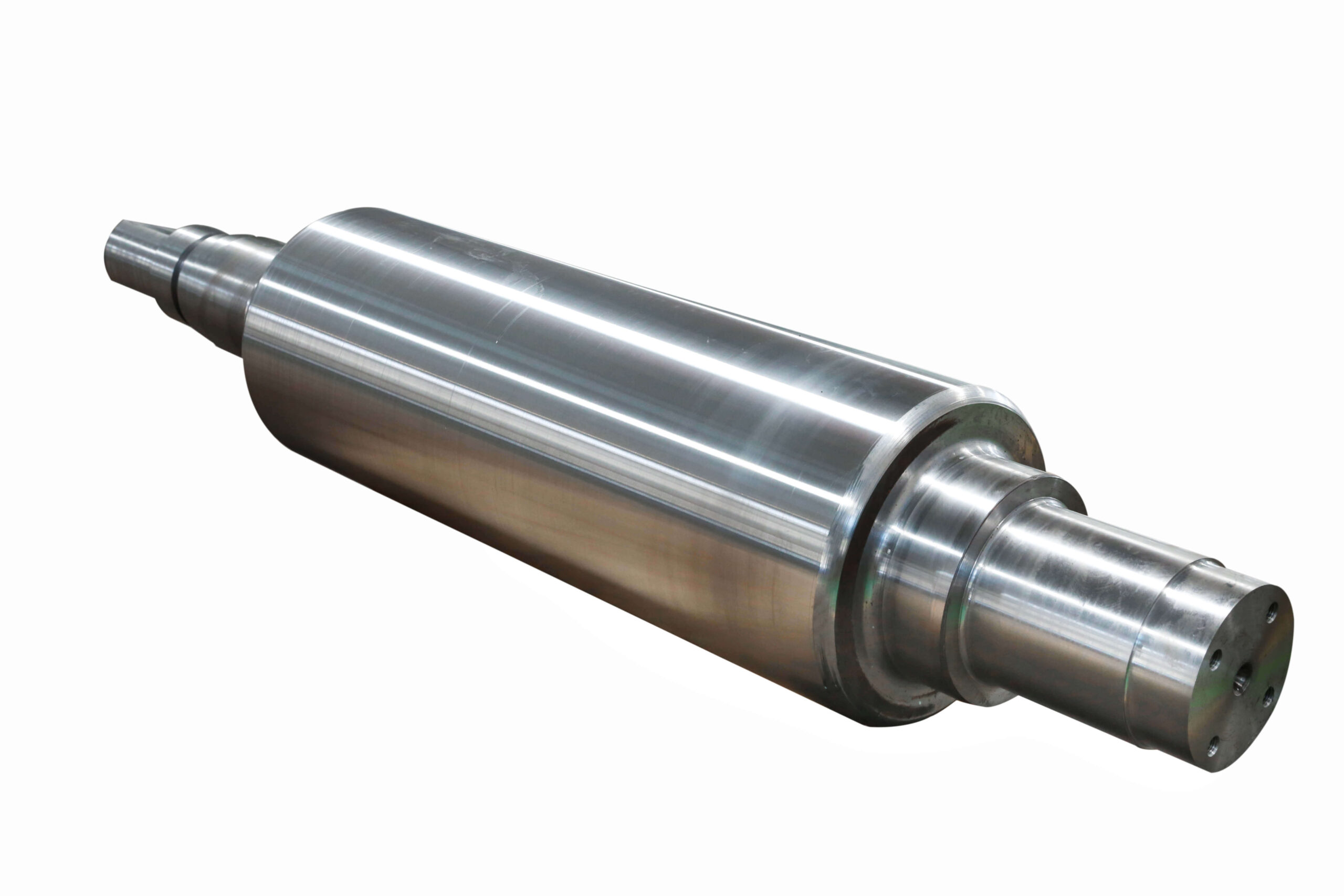Introduction to Custom Shaft Manufacturing
Custom shaft manufacturing is a specialized process that involves the production of shafts that are customized to specific requirements. These shafts are used in a variety of industries, including automotive, aerospace, and manufacturing. In this article, we will take a look at custom shaft manufacturing, discussing process techniques and tips that can help ensure successful results.
1.Process Steps in Custom Shaft Manufacturing
Step 1
Custom shaft manufacturing begins with the design phase. During this phase, the specifications and requirements for the shaft are determined. Engineers work closely with customers to understand their needs and develop a design that meets those requirements. This phase involves considering factors such as material selection, dimensions, tolerances, and surface finish.

Step 2
Once the design is complete, the next step is to select the material. The choice of material depends on the application and the specific requirements of the shaft. Common materials used in custom shaft manufacturing include steel, stainless steel, aluminum, and titanium. Each material has its own unique properties, such as strength, corrosion resistance, and weight, that require careful consideration.
Step 3
Once the material is selected, the manufacturing process begins. One of the most common techniques used in custom shaft manufacturing is machining. Machining involves the use of various cutting tools to remove material from the workpiece. This process can be done using traditional methods such as turning, milling, and drilling, or advanced technologies such as CNC machining.

2.Tips for Custom Shaft Manufacturing
During the machining process, precision is critical. Shafts need to be machined to the exact dimensions specified in the design. This requires skilled operators and high-quality machines. In addition, the surface finish of the shaft is also important. Depending on the application, the shaft may require a smooth surface or a specific surface treatment such as plating or coating.
In addition to machining, custom shaft manufacturing may involve other processes. These include heat treatment, which improves the mechanical properties of the shaft, and grinding, which allows for tight tolerances and excellent surface finish. These additional processes are often necessary to meet the specific requirements of the shaft.
Quality control is critical throughout the manufacturing process. This involves inspecting the shaft at various stages to ensure that it meets the required specifications. This step can be done using a variety of measurement techniques, such as dimensional inspection, surface roughness measurement, and hardness testing. At the same time, any deviations from the specifications need to be addressed immediately to ensure that the final product meets the customer’s expectations.

In summary, custom shaft manufacturing is a complex process that requires careful planning and execution. From the design phase to material selection, machining, and quality control, each step plays a vital role in producing high-quality custom shafts. By following the process technologies and tips discussed in this article, manufacturers can ensure successful outcomes and meet their customers’specific requirements.
